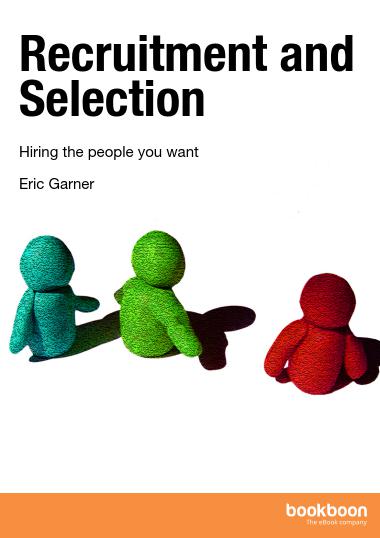How to avoid discrimination when recruiting

Have you ever been judged for the color of your skin, gender, age, religious beliefs, or nationality? In other words: Have you ever been the victim of discrimination? If so then you are one of many. Especially when it comes to being hired but also being fired this topic is often put on the agenda – by the employee or the employer.
This blog post aims at analyzing discrimination during the recruiting process from an employer’s perspective. Let’s take a look!
Different kinds of discrimination
There are 3 kinds of discrimination: prejudice, direct discrimination, and indirect discrimination. Prejudice, or pre-judging, is “a disposition to think, feel and behave negatively towards other people on the basis of group membership”. Direct discrimination occurs when we prevent people from applying for, being shortlisted for, being considered for and being appointed for a position on the basis of group membership. And indirect discrimination occurs when conditions exist which make it harder for people from any group to compete equally with others. Depending on where you are, one, two, or all three of these may be illegal.
Discrimination and business
Direct and indirect discrimination are bad business practices. This is because they are illogical; they are based on fear; and they are morally untenable. Evidence shows that organisations which practice fair recruitment and equal opportunities are more attractive and better regarded than those that don’t.
Disadvantaged groups
Traditionally, in Western countries, the following groups have been discriminated against more than others:
a. Women in work
b. Racial and ethnic minorities
c. People with physical and mental disabilities
d. Ex-offenders
e. The young and the old.
Other groups may be discriminated against in certain cultures, e.g. those belonging to minority religious groups. Most of these groups are now the subject of anti-discrimination legislation in many countries, although forms of disadvantage can still exist.
Passive and active measures
When organizations need to comply with anti-discrimination legislation, it often means they follow the letter rather than the spirit of the law. Passive compliance can mean doing the minimum necessary. Active compliance, on the other hand, means identifying barriers to equal access and removing them; setting targets and monitoring progress towards them; and taking positive action.
In recruitment, taking positive measures may include letting under-represented groups know of vacancies; guaranteed interviews for under-represented groups if they meet job requirements; and amending conditions to allow more opportunities for disadvantaged groups (e.g. crèches for mothers; job share; wheelchair access).
Good recruiting practice
As a result of unfair discrimination cases, we now know what constitutes good recruiting practice. They include the following Do’s and Don’ts:
- Do have a recruitment policy in writing
- Do train everyone who might recruit
- Do keep the same team throughout the process
- Do have an accurate job advert
- Do ask each candidate the same job-related questions
- Do keep a record of decisions about each candidate.
- Don’t introduce new conditions during the process
- Don’t entertain on-spec enquiries
- Don’t change criteria to fit a candidate
- Don’t take into account what you already know about the candidate.
Discrimination in favor of those who can do the job
Finally, when recruiters discriminate against candidates because of who they are, they seriously restrict their choices, harm their business and offend people. The only kind of discrimination in recruitment and selection should be discrimination in favor of those who can do the job.




